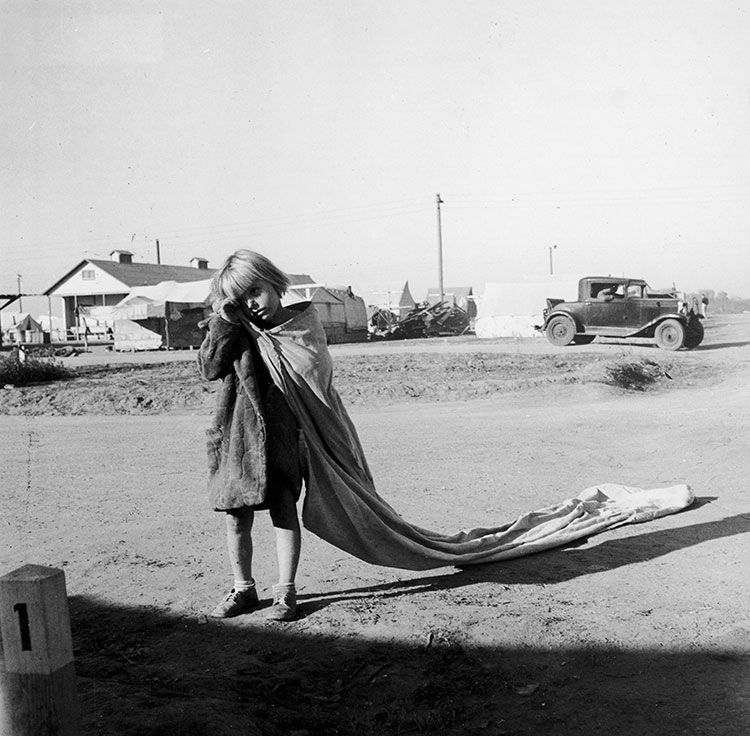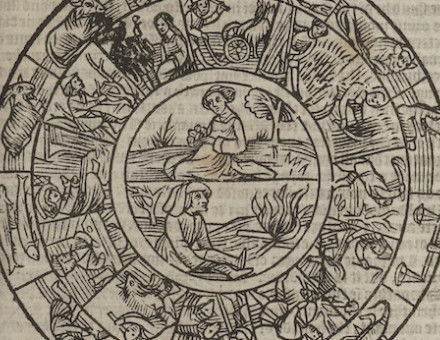Dust Bowl Blues
A photograph taken during the Great Depression prompts Roger Hudson to re-evaluate Roosevelt’s New Deal.

The FSA was the part of President Roosevelt’s Depression counter-measures, his New Deal, which was aimed at easing rural poverty. From 1935 onwards it helped poor farmers to buy their land and in particular to aid the Okie migrants streaming into California in search of labouring jobs or becoming sharecroppers. It set up relief camps there and also communities, a form of collective, where poor farmers were to be re-educated in better methods. Apart from abject poverty, it tried to counter the hostility to, and exploitation of, these incomers by Californian farmers. This was the world depicted in John Steinbeck’s 1939 novel The Grapes of Wrath. Lange and her second husband, Paul Schuster Taylor, Professor of Economics at the University of California, Berkeley, spent five years documenting it all.





